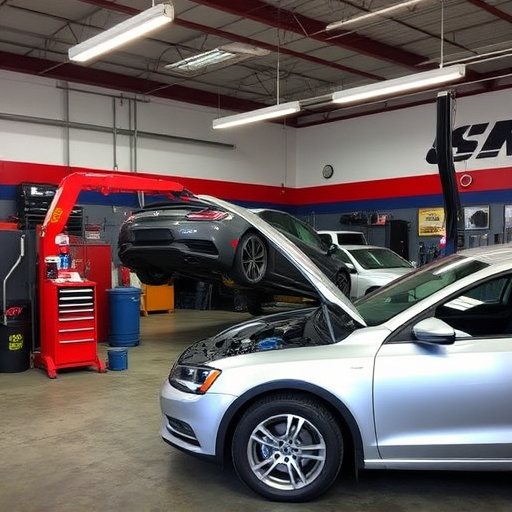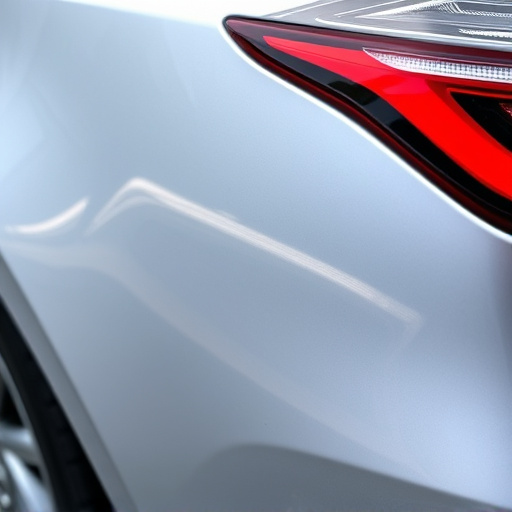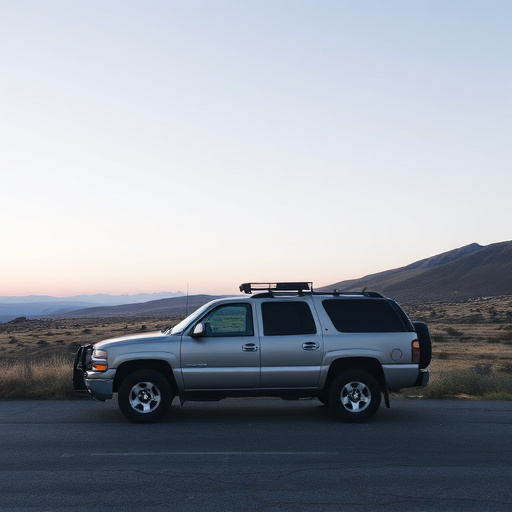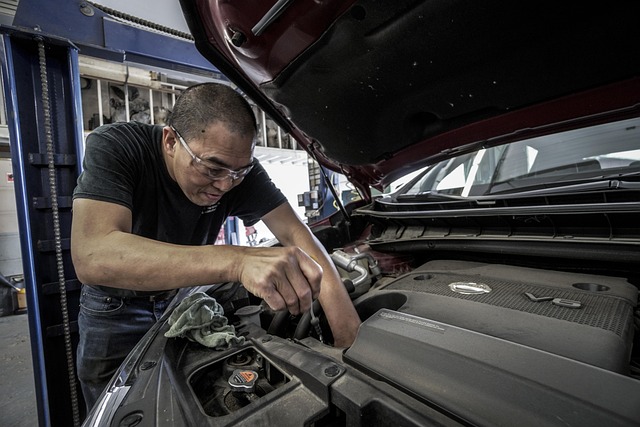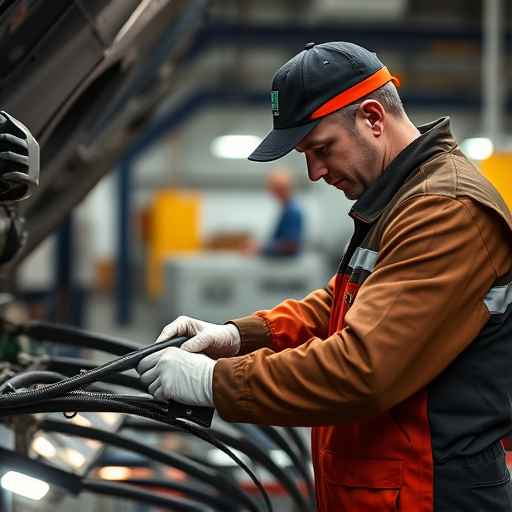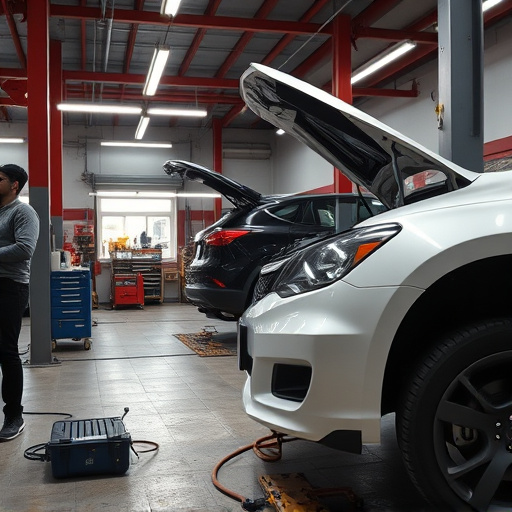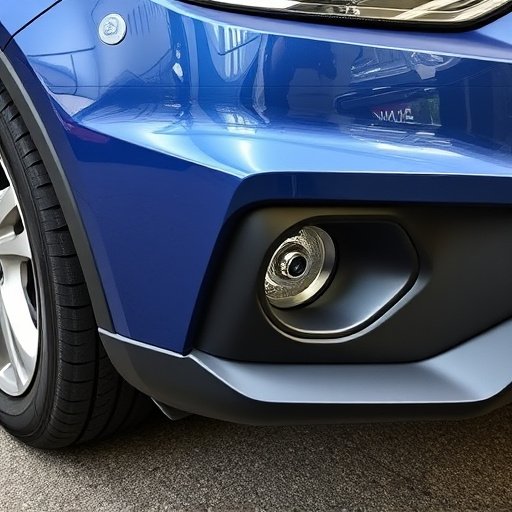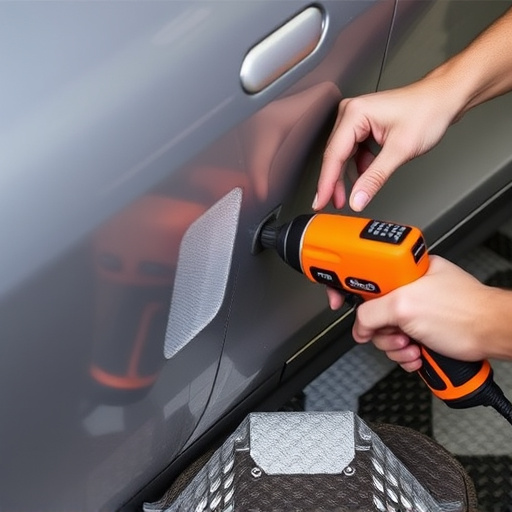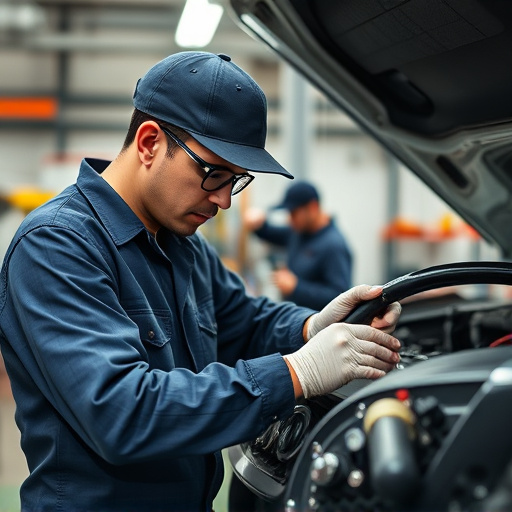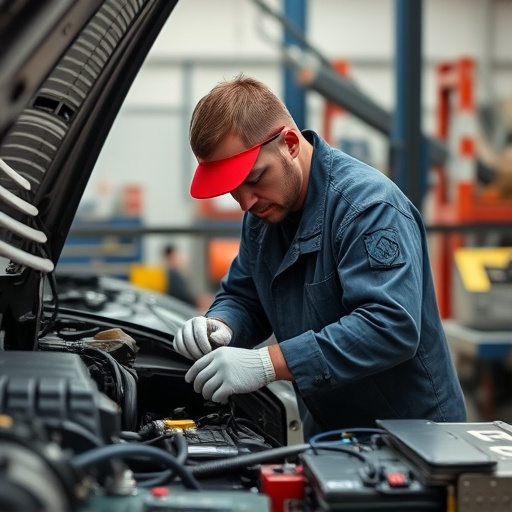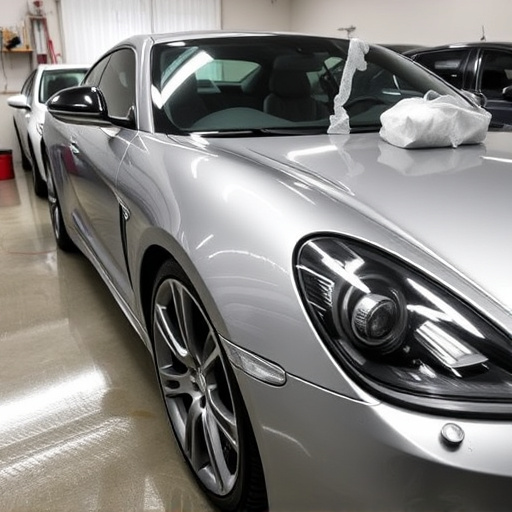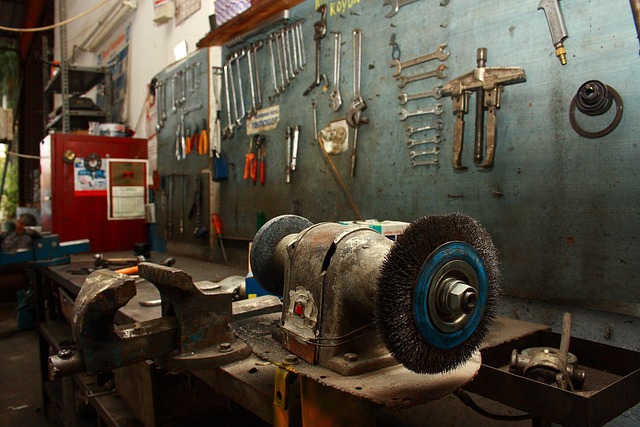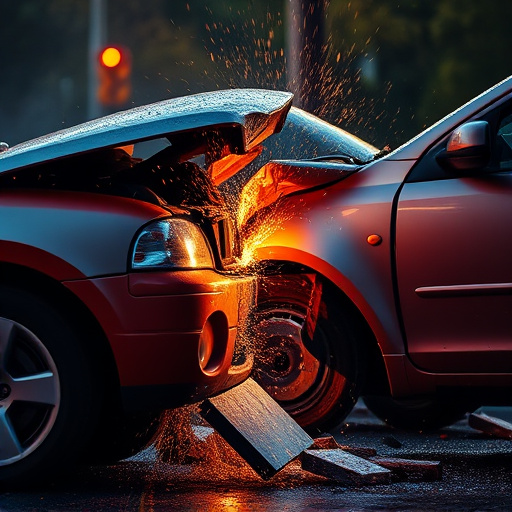Harsh weather conditions accelerate metal corrosion, impacting construction, transportation, and infrastructure materials. This necessitates effective anti-corrosion materials, especially in regions with extreme temperatures, humidity, rain, snow, UV radiation, high rainfall, and winds. Traditional methods fail to meet these demands, leading to increased maintenance costs. Advanced anti-corrosion materials, including coatings, alloys, and treatments, extend product lifespans across sectors like maritime and automotive, reducing costs and environmental impact.
In the face of ever-changing climates and extreme weather patterns, understanding and implementing robust anti-corrosion materials is paramount for industries worldwide. This article delves into the transformative impact of harsh conditions on various materials, highlighting common corrosion hotspots and the challenges they pose. We explore cutting-edge anti-corrosion material solutions, offering a glimpse into innovative technologies that promise to revolutionize protection against weather-related decay. Discover how these advanced materials are shaping sustainable futures in diverse sectors.
- Understanding the Impact of Harsh Weather on Materials
- Common Corrosion-Prone Areas and Their Challenges
- Exploring Advanced Anti-Corrosion Material Solutions
Understanding the Impact of Harsh Weather on Materials
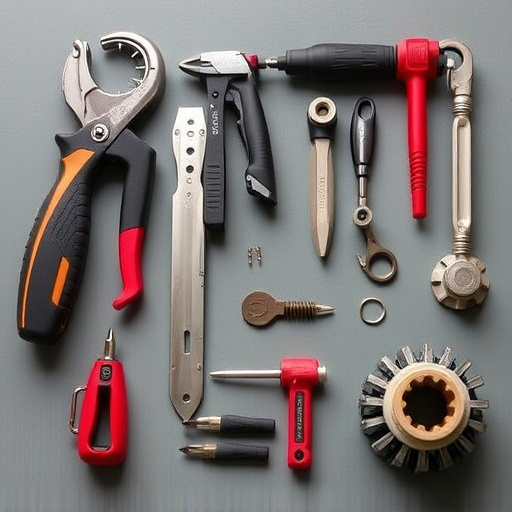
Harsh weather conditions can significantly impact various materials used in construction, transportation, and infrastructure. Extreme temperatures, high humidity, constant exposure to rain, snow, and ultraviolet (UV) radiation can accelerate corrosion, leading to reduced material strength, structural integrity issues, and premature failure. This is particularly concerning for outdoor structures and vehicles that serve as essential components of our daily lives, including those in the collision center and fleet repair services sectors.
Understanding these environmental effects is crucial when selecting appropriate anti-corrosion materials for critical applications. The right choice can extend the lifespan of these structures and reduce maintenance costs for body shop services. Many modern anti-corrosion materials employ advanced coatings, alloys, and treatments that offer superior protection against such conditions, ensuring they withstand the elements while maintaining their structural integrity.
Common Corrosion-Prone Areas and Their Challenges
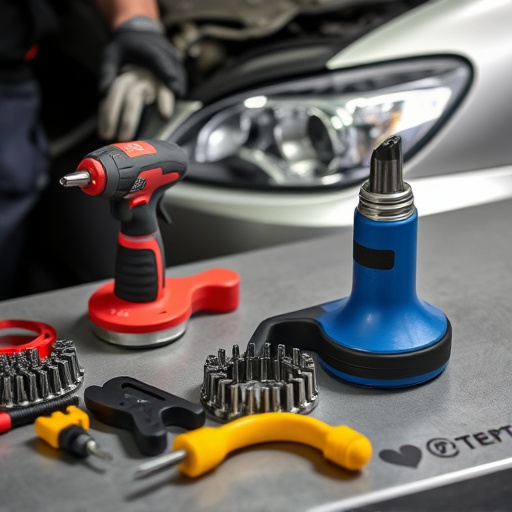
In many regions across the globe, specific areas are particularly prone to corrosion due to harsh weather conditions and environmental factors. These include coastal regions with high humidity and salt content in the air, areas with frequent rainfall and strong winds, and environments characterized by extreme temperature fluctuations. For instance, the collision center or automotive repair shops in such regions face significant challenges when it comes to maintaining the integrity of vehicle bodies. The constant exposure to moisture, road salts, and varying weather patterns accelerates metal corrosion, leading to structural weaknesses and unsightly rust spots on cars.
The complexity arises from the diverse nature of these environments, which demand robust anti-corrosion materials for long-lasting protection. Traditional methods often fall short in these conditions, prompting the need for innovative solutions. Vehicle body shops must now turn to advanced anti-corrosion materials that can withstand not only harsh weather but also the constant exposure to chemicals and physical impacts, ensuring the longevity of vehicles and reducing maintenance costs.
Exploring Advanced Anti-Corrosion Material Solutions
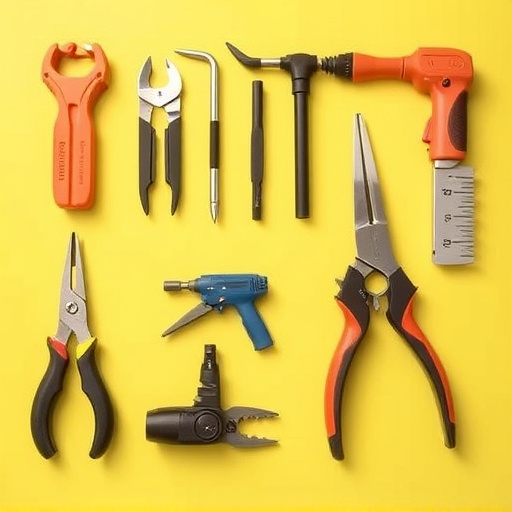
In the relentless pursuit of durability, the development of advanced anti-corrosion materials has leapt forward, offering innovative solutions to withstand even the harshest weather conditions. These cutting-edge materials are transforming industries, from maritime and infrastructure to automotive and construction. By employing novel technologies and chemical compositions, manufacturers are crafting products that defy traditional corrosion barriers.
One notable application of these advancements is in tire services and automotive body work, where anti-corrosion coatings and treatments protect against the corrosive effects of rain, salt, and extreme temperatures. Similarly, in the realm of scratch repair, specialized materials have been developed to restore surfaces to their original condition, preventing deeper corrosion and enhancing aesthetics. These strides in anti-corrosion materials promise longer lifespans for structures and vehicles, reducing maintenance costs and environmental impact.
Harsh weather conditions present significant challenges for various materials, leading to costly repairs and structural damage. However, with advancements in technology, exploring robust anti-corrosion materials offers durable solutions for enduring harsh environments. By understanding the unique demands of specific locations prone to corrosion and adopting innovative material strategies, we can ensure the longevity of structures and infrastructure across diverse landscapes.
